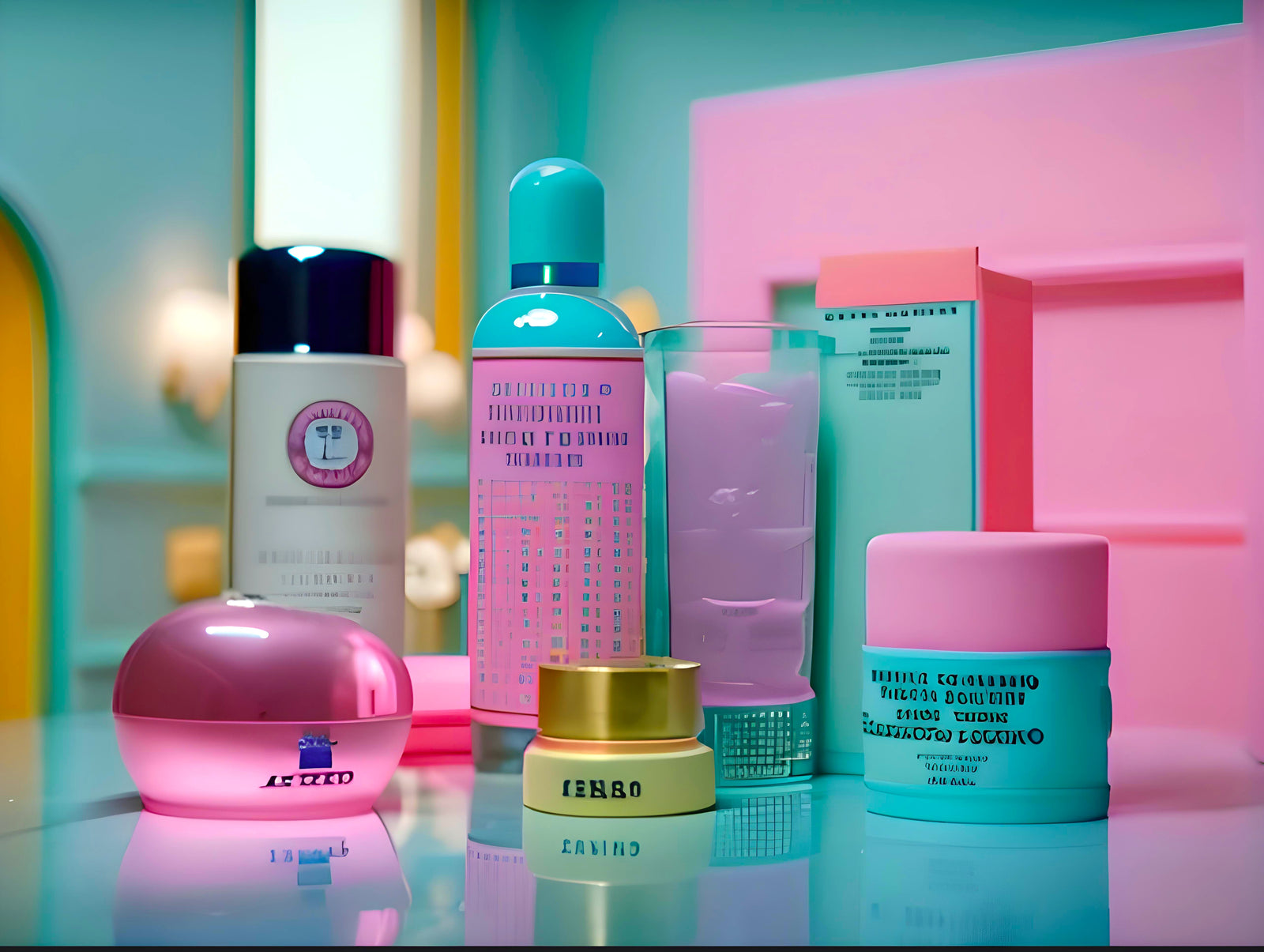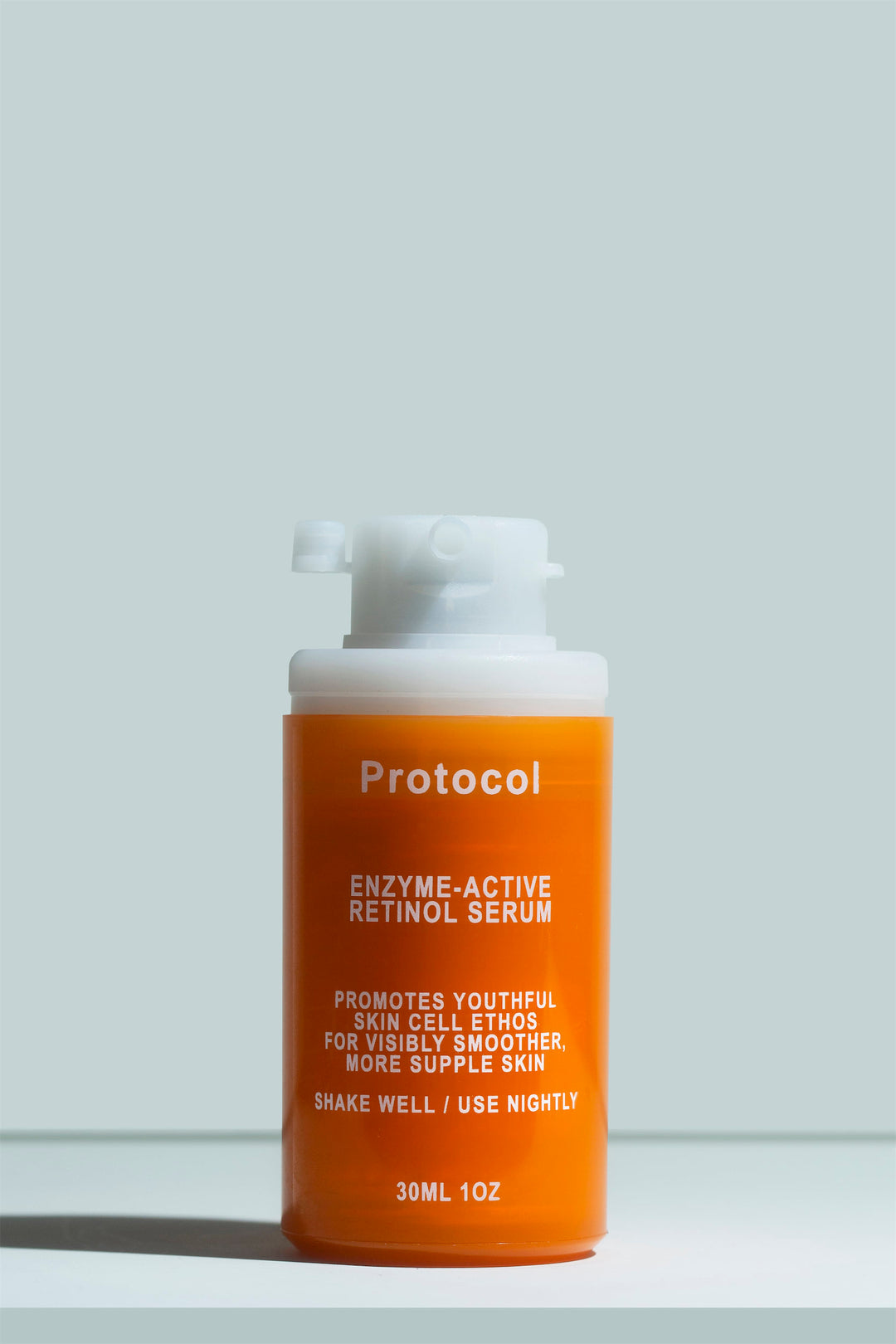How to Layer Skincare Like a Skintellectual

Figuring out how to layer skincare can be really simple or it can be really complicated. It all depends on which products you want to use and why.
We’ve already covered skincare routine basics, but what if your situation is a little more complicated? We’ll get into it in this post.
Summary of basic layering
Starting out, make sure you have a good understanding of the basic skincare routine steps:
-
Cleanse, rinse off cleanser.
-
Leave skin damp.
-
Apply serums and actives.
-
Apply moisturizer.
-
Sunscreen is always last.
Start with your top active
The first leave-on product that goes on your skin is going to have the most profound impact. Anything you apply next will have to penetrate through the previous layer, and your skin will not take in as much of it.
That’s why the next factor to consider is which are the most active products in your routine. By actives, we mean powerful ingredients that do something profound to the skin.
There aren’t many of them in the skincare world: Retinoids (with the exception of weak derivatives), vitamin C (but only in its ascorbic acid form), benzoyl peroxide, glycolic acid, lactic acid, salicylic acid, and azelaic acid are a few that come to our mind.
If you’re using any of these ingredients in your routine, it’s important you have a good understanding of what they’re doing there, and which of their benefits are most important to you.
For instance, if your main goal is to address breakouts, you may want to use salicylic acid first, before applying anything else. On the other hand, if you’re focused on anti-aging, retinol should be your top active.
Do you have a few active ingredients you love? We talk about interactions further below, but if you’re not sure, you can always split them up by using one in the morning and another at night or on alternate days. Most dermatologists suggest you avoid using too many actives within one routine, as that can irritate the skin.
Textures: thin to thick
Another basic principle of layering skincare is texture. When in doubt, apply your products from thinnest and most liquidy to thickest and most viscous.
The ideal order usually looks like this: toners -> essences -> serums -> gels -> lotions -> creams -> balms.
Water-based formulas penetrate the skin easily, while thicker ones are intended to stay closer to the surface of the skin where they can lock in moisture. It’s not a perfect system, since not all thick or oily ingredients are necessarily good at sealing the skin and not all watery ingredients can necessarily penetrate, but it’s a good place to start.
If you’re curious to learn more, you’ll probably find our guide to moisturizing ingredients interesting.
Keep in mind that skincare brands can be inconsistent with product names - we’ve all run across really oily serums or “lotions” that feel more like toner. Always judge the texture for yourself instead of focusing on how the product is labeled.
Finally, if you remember the order in which you solve equations back in math class, texture is like addition and subtraction. As your skincare routine gets more complex, you’ll want to think about texture after you already figured out more complex elements like actives and pH.
Do you want to buffer?
The only exception to the thinnest to thickest rule is if a product irritates your skin. In that case, you want to layer your skincare in a way that reduces your chance of irritation by slowing down the rate of penetration.
It will also dilute the product and potentially reduce its efficacy, but that might be worth it to avoid redness or tenderness. Buffering is most commonly done with prescription-strength retinoids or acne treatments like benzoyl peroxide.
Most cosmetic formulas are not so intense that it’s necessary, and if they are, you might be better off switching them out for something gentler.
pH: low to high
When trying to figure out how to layer skincare products with active ingredients, you also want to consider the pH level, and apply from lowest pH to highest.
Ingredients like glycolic acid, salicylic acid, and ascorbic acid (i.e., the only type of vitamin C that actually works) need to be formulated at a pH between 3 and 4 in order to penetrate and have an impact on the skin (any lower and they’ll be pretty irritating).
Others, like retinoids, azelaic acid, and niacinamide (which is arguably not an active), are effective at slightly higher pH levels.
Ingredients with similar pH levels will play quite nicely together - that’s why we included niacinamide in our Enzyme-Active Retinol Serum, for example.
Trying to apply low-pH products after products with a higher pH will reduce their absorption and efficacy, which is why it’s always best to start with clean skin and your lowest-pH products. Let them sink in completely. If you can, you can even wait for 30 minutes to be sure your skin has totally absorbed your low pH actives before applying anything else (although it's not a big deal if you’re in a rush).
Active ingredient pairings
Some skincare ingredients can inactivate others if they’re used within the same skincare session, so you’ll want to split them up. Here are some examples:
- Benzoyl peroxide can degrade retinoids (with the exception of some optimized prescription formulas). The two ingredients work beautifully to combat blemishes within the same routine, but not one after the other.
- Vitamin C and niacinamide may cause facial flushing if used together, although so far, that hasn’t been an issue with our Vitamin C Superserum and Hydration Cream.
- We already touched on combining low-pH actives with retinoids. You’ll want to split them up or wait for the low pH actives to sink in completely.
Aside from these basics, it’s mostly a question of avoiding irritation. Some experts take a very conservative approach, cautioning against most active ingredient combinations. In reality, there are so many factors as to whether a combination of ingredients will be irritating, including your skin’s level of sensitivity and how the products were formulated.
For example, the Protocol Skincare line is meant to work together pretty synergistically, with a very gentle AHA cleanser that works well in combination with our active leave-on serums.
We also found a lot of incorrect information about certain pairings. For example, some articles suggest that glycolic or salicylic acid will throw off the pH of vitamin C, even though these ingredients are all effective at around the same pH range…
So how do you split up your actives? You have a few options. With products you want to use on a daily basis, it’s easiest to split them across morning and night. Some products, like vitamin C serums, are better in the daytime, others like retinol are better at night, and with most other ingredients, it doesn’t matter, so you can sort it out in whatever way is more convenient for your lifestyle.
If you’re introducing new ingredients or using products that are a little intense for your skin, using them every other day or every two days might work best. That said, we’re not big fans of this approach, since we think it’s better to use products that your skin can happily tolerate on a daily basis, but there are certain scenarios where this might be the best approach.
Completing the skincare puzzle
Putting together an advanced skincare routine can be a little bit like solving a puzzle. Your cleanser and sunscreen are easy-to-place corner pieces, then you add your superstar actives like a frame. Finally, by keeping in mind factors like pH level and texture, you can figure out the correct spot for every other product, piece by piece.
And what if you don’t want to solve any puzzles? You have two options. One option is to keep your routine to the bare minimum of cleanser, moisturizer, and sunscreen. This is the minimalist, bare minimum approach that will help you maintain your skin.
Alternatively, if you want all of the results without the effort, go SMOL. We designed our Skin Molecule Optimization Line as a complete skin-transforming set. The products in it are designed to work together to be as smoothing and anti-aging as possible, with no interaction and minimal chances of irritation. It’s the perfect pre-made puzzle (just add sunscreen!).




